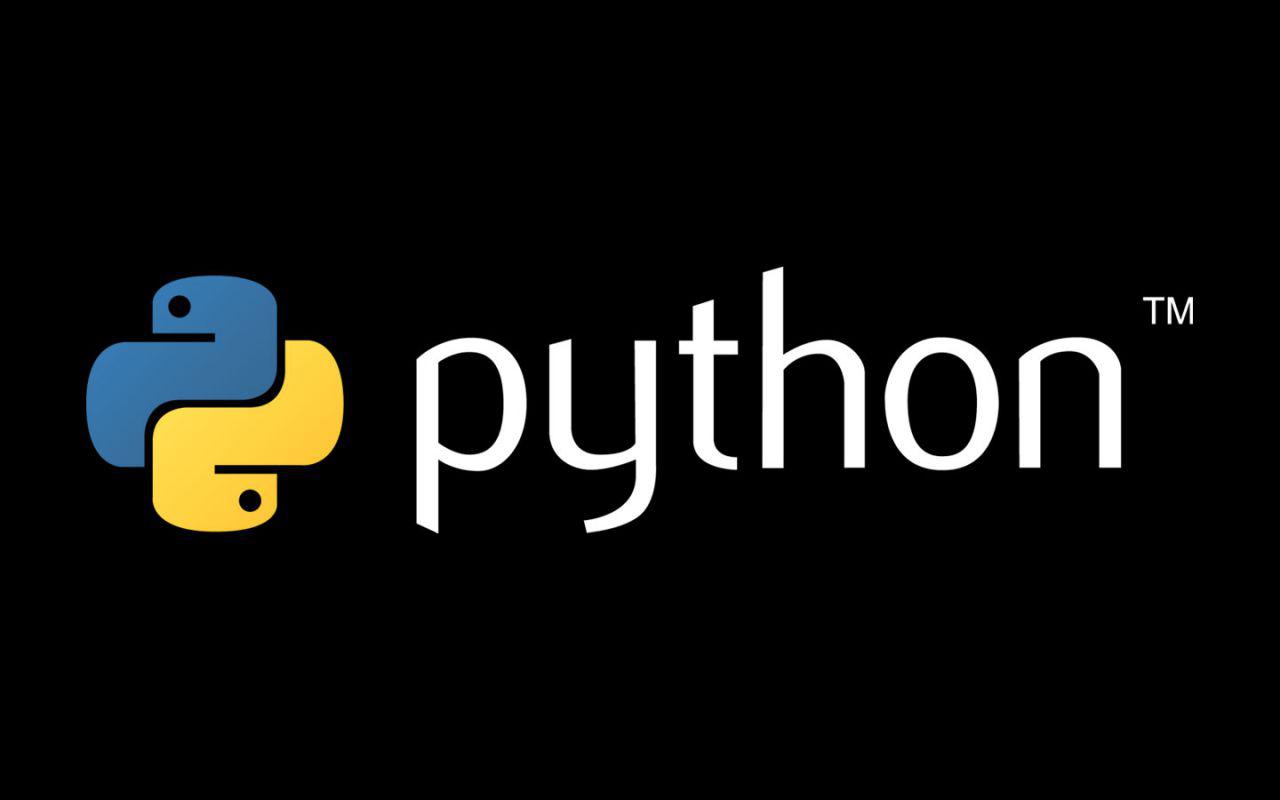5 recommended articles about any key
Preface To implement this function, all you need is to pause the program, wait and capture a keyboard input from the user, and then continue execution. Python has built-in libraries that can help us implement this function, but Windows and Linux must be treated differently. The getch() method in msvcrt can help to implement it under Windows. Its function is to obtain a key response and return the corresponding character. It is not echoed on the command line. There is the following program segment: import msvcrt print ord(msvcrt.getch()) Here, ord is used to convert the obtained characters into ASCII values. For example, capturing the key "d" (note that it is lowercase) will get the value 100. What about Linux? Well, it’s a little bit complicated, but it’ll be easier if you clarify your thoughts first. First of all, you need to know the three modes of the Linux terminal, which are canonical mode, non-canonical mode and raw mode: Canonical mode Canonical mode, also called cooked mode, is a common mode for users. The characters entered by the driver are saved in the buffer and are only received when
1. Python implements the function of pressing any key to continue/exit

Introduction: When I was learning Python, I always wanted to implement a program that can press any key to continue/exit (poisoned by .bat), but I never wrote it. Today I drew it The time is written out and I will share it with you below so that you can refer to it if you need it.
2. Press any key to exit Python under Linux

##Introduction: This article mainly introduces the relevant information on the implementation method of pressing any key to exit in Python under Linux. The introduction in this article is very detailed and has reference value. Friends in need can refer to it
3. Is there any key in php that can be used in an array without using isset check?
Introduction: I have used a framework before, called speedPHP, which is rarely used by people. When using it, you can read any key of the session, get, and post arrays. I don’t even need isset. After looking at its source code, I can’t see where it is set. Recently, I thought this framework was slow, so I wrote a framework myself. I always asked for isset when writing...
4. Solution for the php daemon being killed
Introduction: There is a queue service that needs to use php as a daemon, but this daemon was found He is often killed. After checking the information, I found the following description: http://blog.csdn.net/newjueqi/article/details/8504325 He needs to press any key on the keyboard after the nohup is successful in the shell. Return to the shell input command window, and then capture the keys pressed on the keyboard by entering
Introduction: JavaScript obtains which key is pressed on the keyboard. By creating an event.keyCode object, the key on the keyboard can be effectively obtained. After running the code, click any key on the keyboard, and the web page will display the key you pressed. Which key is it.
[Related Q&A recommendations]:
javascript - How does jquery detect the case status without entering any characters
Is there any key in php that can use an array without using isset check?
After executing the shell command in vim, how can I return to the editing interface without pressing the enter key?
vim - How does the autocmd command make the system automatically help us type any key?
The above is the detailed content of 5 recommended articles about any key. For more information, please follow other related articles on the PHP Chinese website!

Hot AI Tools

Undresser.AI Undress
AI-powered app for creating realistic nude photos

AI Clothes Remover
Online AI tool for removing clothes from photos.

Undress AI Tool
Undress images for free

Clothoff.io
AI clothes remover

AI Hentai Generator
Generate AI Hentai for free.

Hot Article

Hot Tools

Notepad++7.3.1
Easy-to-use and free code editor

SublimeText3 Chinese version
Chinese version, very easy to use

Zend Studio 13.0.1
Powerful PHP integrated development environment

Dreamweaver CS6
Visual web development tools

SublimeText3 Mac version
God-level code editing software (SublimeText3)

Hot Topics
 1382
1382
 52
52
 How to solve the permissions problem encountered when viewing Python version in Linux terminal?
Apr 01, 2025 pm 05:09 PM
How to solve the permissions problem encountered when viewing Python version in Linux terminal?
Apr 01, 2025 pm 05:09 PM
Solution to permission issues when viewing Python version in Linux terminal When you try to view Python version in Linux terminal, enter python...
 How to efficiently copy the entire column of one DataFrame into another DataFrame with different structures in Python?
Apr 01, 2025 pm 11:15 PM
How to efficiently copy the entire column of one DataFrame into another DataFrame with different structures in Python?
Apr 01, 2025 pm 11:15 PM
When using Python's pandas library, how to copy whole columns between two DataFrames with different structures is a common problem. Suppose we have two Dats...
 How to teach computer novice programming basics in project and problem-driven methods within 10 hours?
Apr 02, 2025 am 07:18 AM
How to teach computer novice programming basics in project and problem-driven methods within 10 hours?
Apr 02, 2025 am 07:18 AM
How to teach computer novice programming basics within 10 hours? If you only have 10 hours to teach computer novice some programming knowledge, what would you choose to teach...
 How to avoid being detected by the browser when using Fiddler Everywhere for man-in-the-middle reading?
Apr 02, 2025 am 07:15 AM
How to avoid being detected by the browser when using Fiddler Everywhere for man-in-the-middle reading?
Apr 02, 2025 am 07:15 AM
How to avoid being detected when using FiddlerEverywhere for man-in-the-middle readings When you use FiddlerEverywhere...
 What are regular expressions?
Mar 20, 2025 pm 06:25 PM
What are regular expressions?
Mar 20, 2025 pm 06:25 PM
Regular expressions are powerful tools for pattern matching and text manipulation in programming, enhancing efficiency in text processing across various applications.
 How does Uvicorn continuously listen for HTTP requests without serving_forever()?
Apr 01, 2025 pm 10:51 PM
How does Uvicorn continuously listen for HTTP requests without serving_forever()?
Apr 01, 2025 pm 10:51 PM
How does Uvicorn continuously listen for HTTP requests? Uvicorn is a lightweight web server based on ASGI. One of its core functions is to listen for HTTP requests and proceed...
 What are some popular Python libraries and their uses?
Mar 21, 2025 pm 06:46 PM
What are some popular Python libraries and their uses?
Mar 21, 2025 pm 06:46 PM
The article discusses popular Python libraries like NumPy, Pandas, Matplotlib, Scikit-learn, TensorFlow, Django, Flask, and Requests, detailing their uses in scientific computing, data analysis, visualization, machine learning, web development, and H
 How to dynamically create an object through a string and call its methods in Python?
Apr 01, 2025 pm 11:18 PM
How to dynamically create an object through a string and call its methods in Python?
Apr 01, 2025 pm 11:18 PM
In Python, how to dynamically create an object through a string and call its methods? This is a common programming requirement, especially if it needs to be configured or run...




